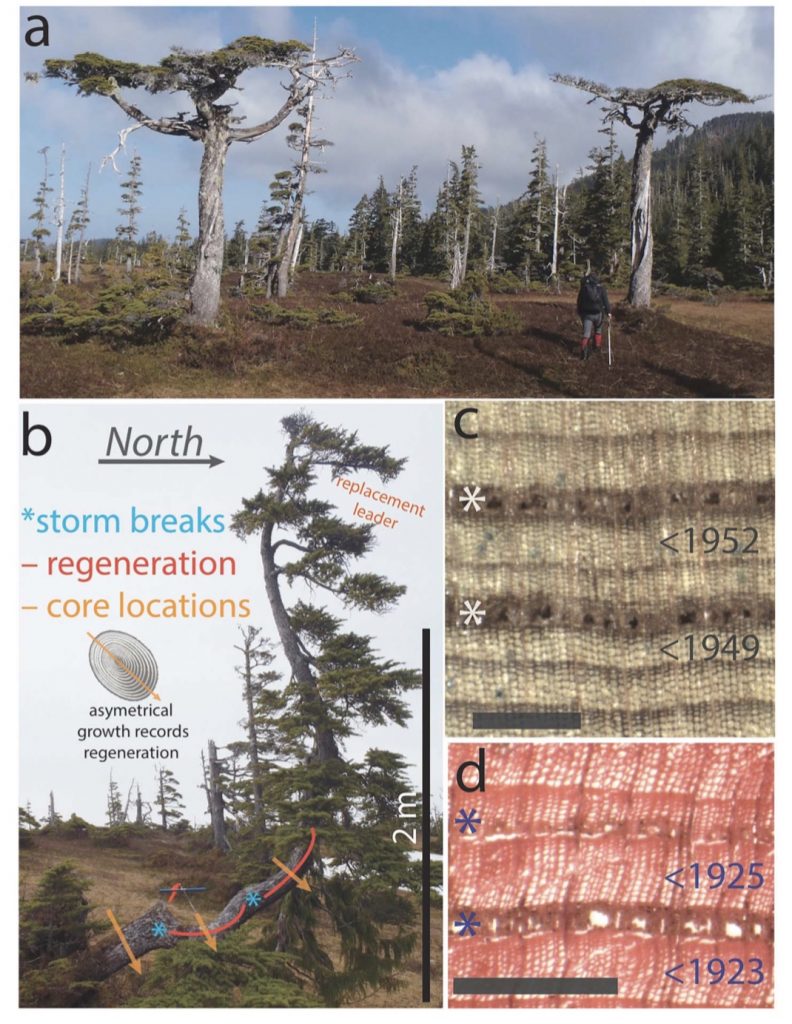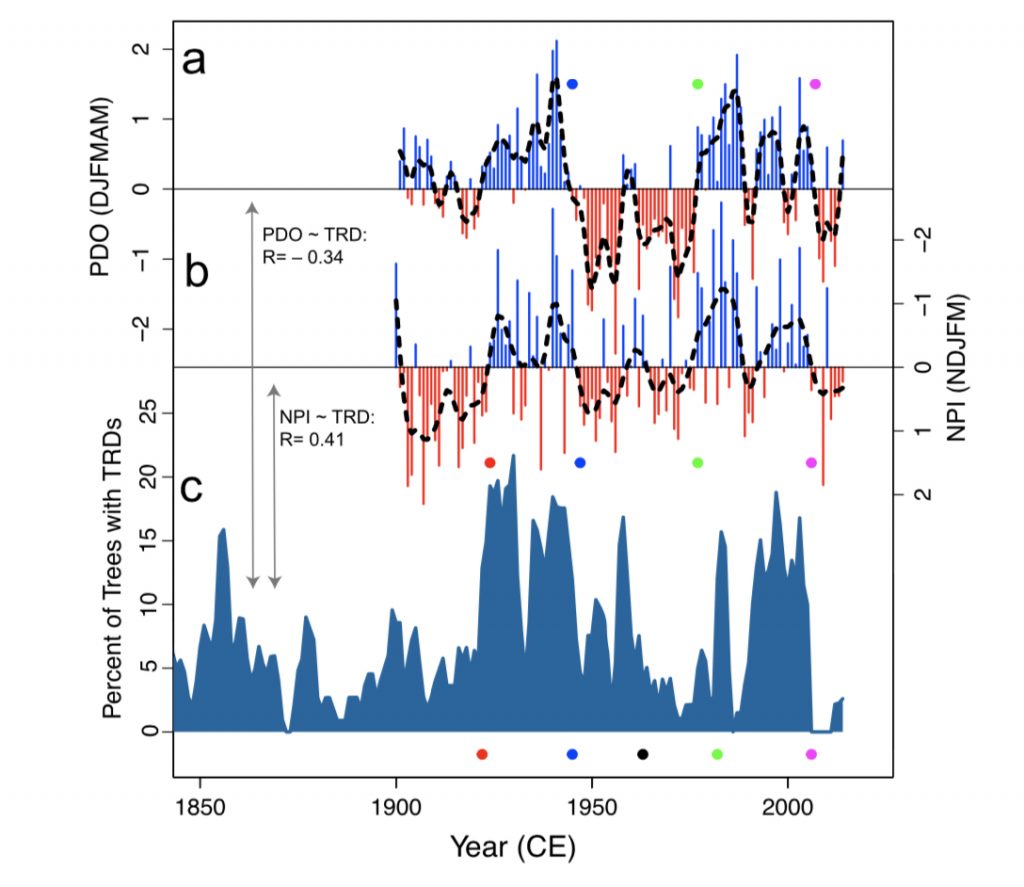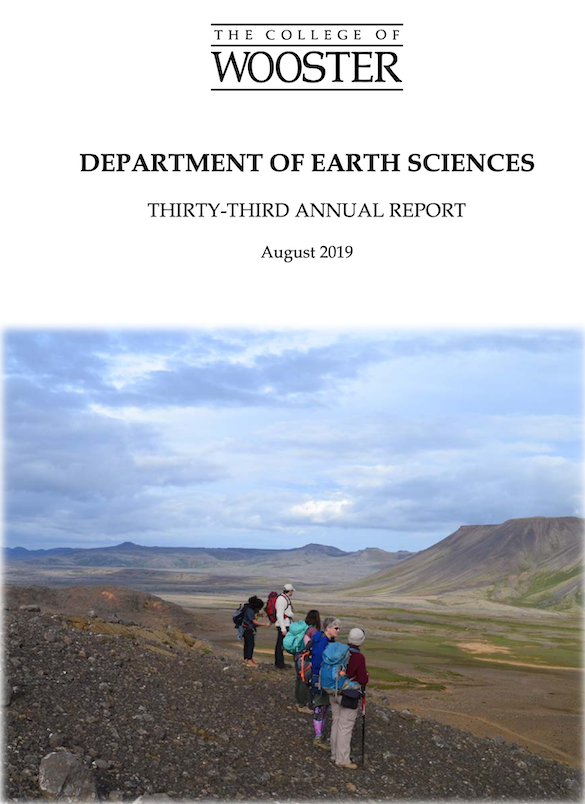Antarctica is arguably the world’s most remote landmass. There are no human native Antarcticans; by the time homo sapiens emerged, Antarctica had long-since drifted south, been isolated by the Southern Ocean, and grown an ice sheet. Captain James Cook came close to Antarctica in the late 1700s, but did not catch sight of the ice sheet; it wasn’t until the 1800s that explorers and sealers began to map the waters around Antarctica and first set foot on the continent.
Although our transportation technologies have developed significantly in the past two centuries, Antarctica remains a remote and difficult place to get to. It’s also difficult to travel within Antarctica. I thought I’d tell you a bit about my journey down here, and share a few pictures of some of the vehicles that are used at McMurdo and across Antarctica.
Most trips to Antarctica start in the familiar commercial airline system. I flew from Cleveland to Houston, and after a long layover, from Houston to Auckland on the North Island of New Zealand. In Auckland I retrieved my luggage and cleared customs before checking back in for one more short flight to Christchurch on the South Island. National Science Foundation (NSF) representatives met me and a dozen other Antarctic travelers at the airport, gave us hotel and scheduling information, and put us on a shuttle. After nearly 40 hours of travel, I was very grateful to have a day or two to adjust to the new time zone (Christchurch is 18 hours ahead of US eastern time; McMurdo, and all US field teams, keep Christchurch time while in Antarctica in the summer).
The next morning we were taken to the NSF Clothing Distribution Center (CDC), where we were issued our Extreme Cold Weather (ECW) gear. (I hope to talk more about clothing and staying warm in Antarctica in a future post.) We were told that both the C-17s, flown by the 109th Airlift Wing of the New York National Guard to move people and cargo to polar regions, were out of commission, so there was a 99% chance we wouldn’t be flying to the ice the next day. We all settled in to enjoy Christchurch for a couple days. I highly recommend the botanic gardens, if you ever have the chance to visit.
At breakfast the next morning I was surprised with the news that a flight was going that evening, so I packed up my gear, checked out of the hotel, and enjoyed one more beautiful warm day in the city. That afternoon a shuttle took us back to the CDC, where we checked in all our gear and boarded one of the National Guard’s LC-130s. These are also used to move people and cargo to McMurdo, but are much slower, smaller, and louder than the C-17s, so they’re not the most desirable aircraft. There are only 10 LC-130s in the world, and each are equipped with huge retractable skis, so they can land on both conventional and snow runways. Our flight to McMurdo left around 7 pm and took 8 hours (it takes about 5 hours on a C-17). We were very tired when we landed in McMurdo around 3 in the morning. 24-hour sunlight this time of year means that we had no trouble finding our shuttles, which took us to McMurdo station and our dorm rooms for a few hours of sleep.
I’ll talk in more detail about the trainings we’ve had in a separate post, but along with the C-130s and C-17s, I wanted to mention a few more methods of transportation that are used in McMurdo and on the ice sheet.
To get around town (McMurdo has a population of approximately 1,000 in the summer, so it really is a town!), vans and trucks modified with very large wheels are used. McMurdo is full of volcanically-derived dust and mud that tend to make everything dirty and necessitate big wheels. Large-wheeled vehicles are also used to distribute pressure from the vehicles that drive out onto the seasonal sea ice and the permanent ice shelves in the area. Vehicles that carry a lot of gear often have tracks rather than wheels for extra traction.
Two of the most unusual vehicles I’ve encountered are the Hägglund and the Delta. The Hägglund is a Swedish vehicle, first developed in the 70s, which has two compartments on tracks and can be used for hauling people and gear. If you ever visit the International Antarctic Center in Christchurch, you can take a ride in a Hägglund. We used them on our outdoor crevasse rescue training day and our overnight camp shakedown (more posts to come!) to carry gear out to our sites on the ice shelf.

The low-pressure Delta vehicle that brought us to and from our overnight camp on the McMurdo Ice Shelf
The Delta is a low-pressure vehicle originally designed for use in oil fields on the delicate Arctic tundra. Although these vehicles look anything but delicate, the huge wheels spread out their weight so that no single point beneath them is subjected to damaging pressures, making them actually very gentle on the surfaces they drive on. We rode in a Delta to and from our overnight shakedown out on the ice shelf a couple days ago.
Over the next week or two, our team will begin moving to the deep field. If the weather holds, our advance team (I’m on the later team) will fly tomorrow to a camp called WAIS Divide on an LC-130. From there they will move to smaller Twin Otter aircraft to begin setting up camp on the floating tongue of Thwaites Glacier. Setting up a large polar science camp, with heavy tents, generators, drilling equipment, safety gear, etc. takes many flights and many days of work. While on the ice sheet, we will move by snowmobile, ski, and on foot to manage logistics and carry out our research.
Reminders of the remoteness and harshness of this continent are constant in McMurdo. The unusual vehicles are one of those reminders. It’s worth remembering that the science we do here is only possible thanks to the hard work of hundreds of people – the Air National Guard, pilots, heavy equipment operators, fuel specialists, firemen, and many more that work very hard to deliver and manage the equipment we need.





























